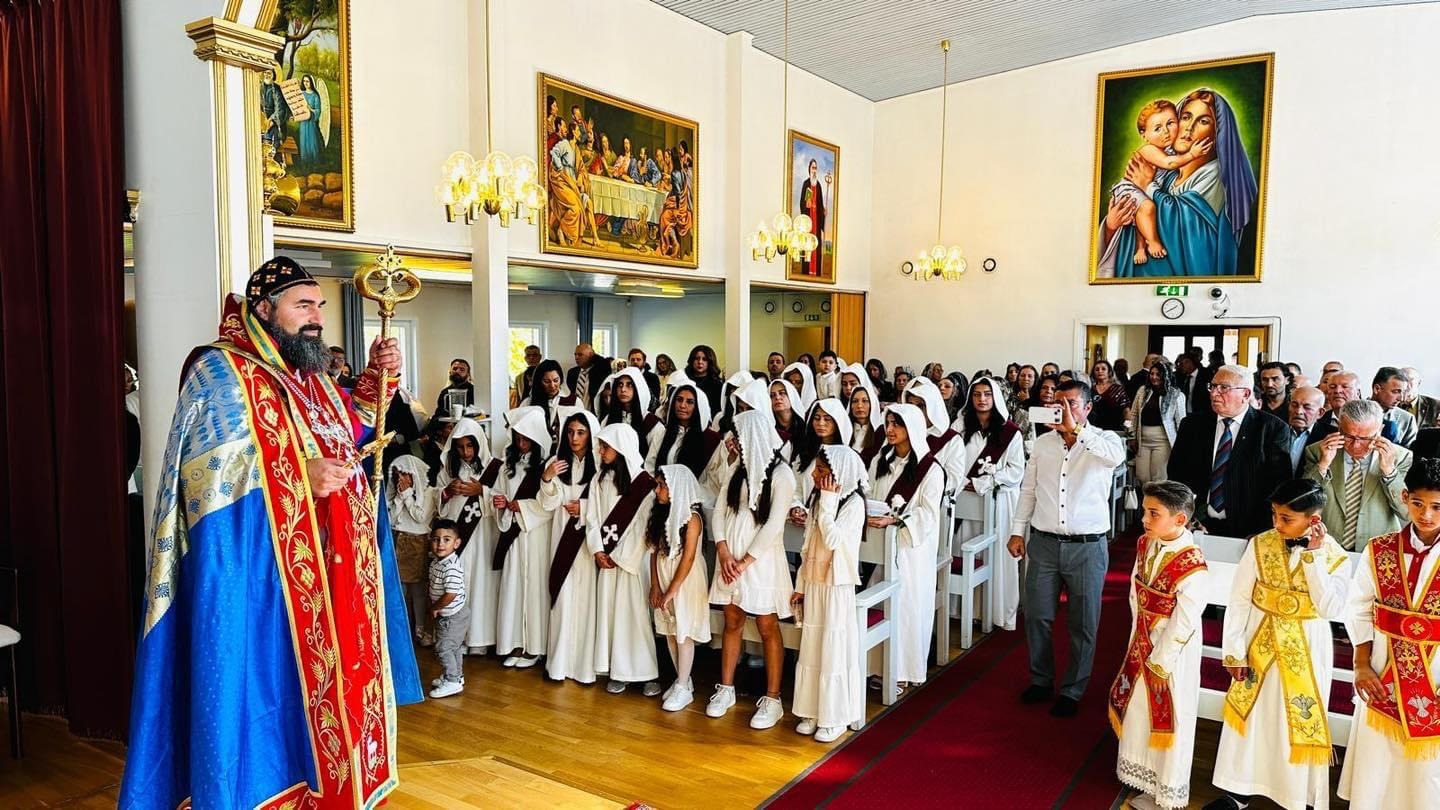
Deaconesses are active, growing, and playing key roles in Orthodox parishes, yet they aren’t very visible or publicly acknowledged, writes Andreas Westergren in the Belgian journal Exchange (online in July). With some fanfare, a deaconess was ordained in an Orthodox church in Africa last year, with observers noting its rare occurrence [see Vol. 39, No. 7 RW]. Historically, and in theory, Eastern and Oriental Orthodoxy (which rejects the council of Chalcedon) does allow for deaconesses in a limited way, and advocates of greater roles for women in Roman Catholicism have held up Orthodoxy as a model for such a change. Westergren (of Lund University) conducted ethnographic research in three Swedish Syriac Orthodox parishes, which are in the Oriental branch of Orthodoxy. These parishes, numbering 48 in the country, stand at the center of community life and family-based networks for this ethnic and immigrant group. He found that the revival of women’s choirs in these parishes formed the context for diaconal ministries and were where ordained women deacons were found. While male deacons in the parishes are publicly called “deacons” and serve at the altar along with priests (where there is a fluid boundary between them, since a priest is required to be a deacon first), the deaconess is considered more of a “helper” in the liturgy from the choir.

Ordination of deaconesses and deacons in Syriac Orthodox Church.
The terms for deacons and these female liturgy helpers are similar in the Syriac language (“samoso” for deacon and “samesto” for women liturgy helpers), but there are more levels and terms for deacons (such as chanter and subdeacon) that are not used for women. Westergren adds that “there definitely are deaconesses in these parishes. The only question is what they are. What seems evident is that their function is primarily liturgical and not ‘diaconal’ in the modern sense. For both women and men, the diaconate is a priestly, liturgical office that prepares a few men for the priesthood, but nevertheless is not a simple stepping stone, because it serves its own rationale, and it is possible to stay a deacon.” Recent surveys find that there have been just as many ordinations of women as men in Syriac parishes, even though the term “deaconess” is disputed by some and women deaconesses cannot serve at or even approach the altar, even though non-deacon men can do so.
Women are ordained collectively in choirs while men are ordained separately, and it is within these choirs that Westergren sees women playing a diaconal “brokering” role between the priest and the parish. Since children can also partake as deacons, women in the choirs provide them with instruction and opportunities and resources to enter the priesthood. “Whether they are male or female, the deacons serve as a middle ground between lay and priestly status, and between family and congregation.” Younger generations, particularly young women, criticize the remaining gender imbalance, with some leaving the church. Westergren concludes that even in such a secular environment as Sweden, “it is clear that both the altar servants and the choir serve as means to integrate the younger generation into the traditions of the church.”
(Exchange, https://brill.com/view/journals/exch/)